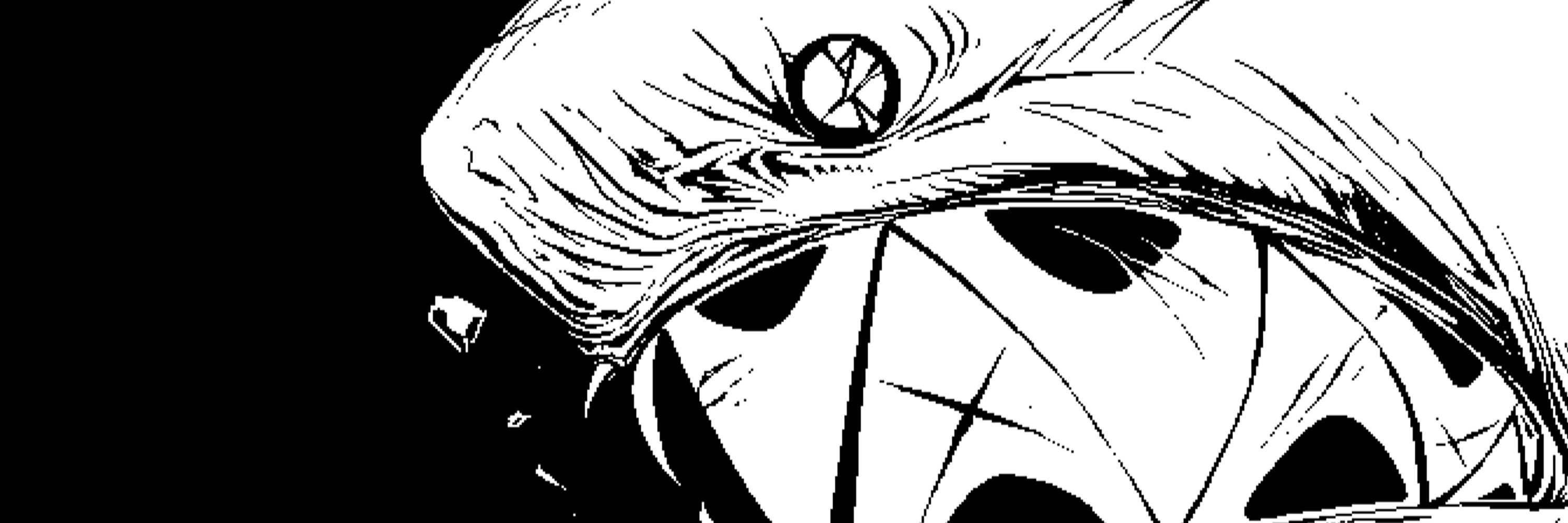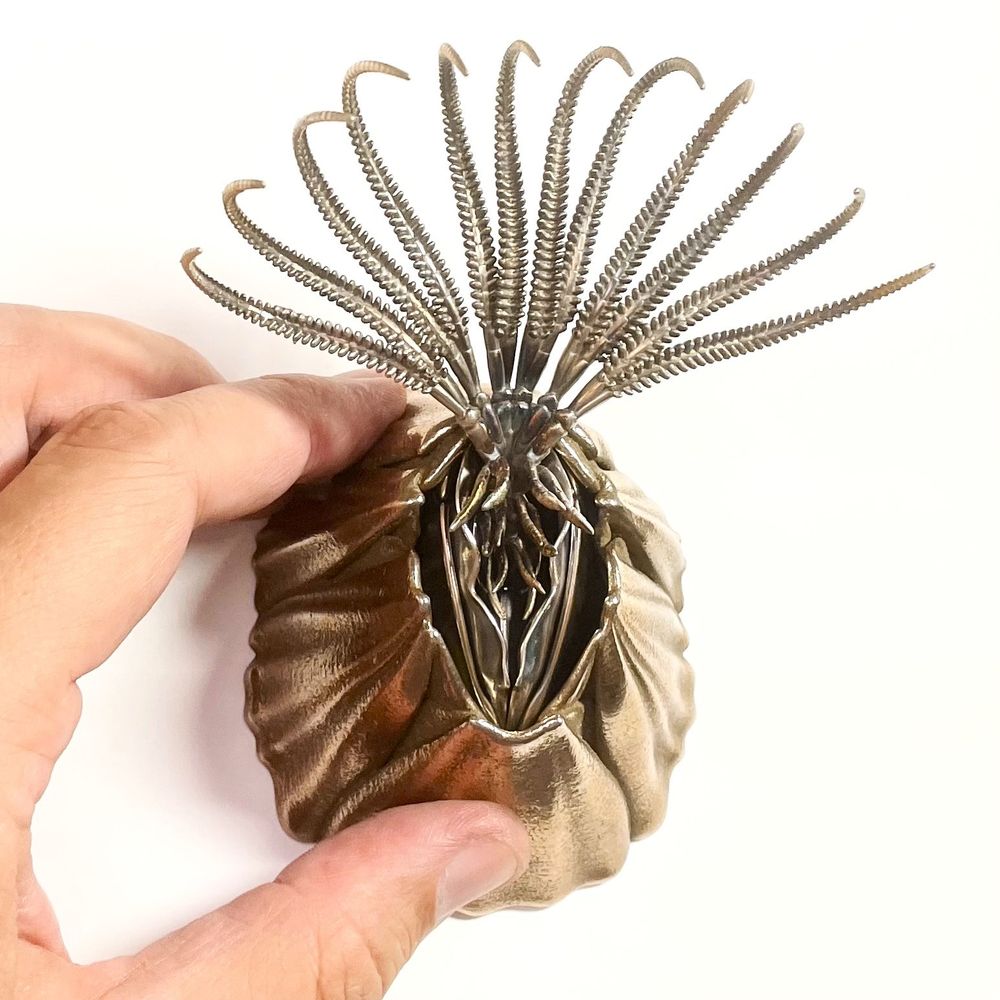
Ichthyologist soon-to-be, hopefully.
Activity not guaranteed. We'll see what the tide brings in, aye?

More details at: www.inaturalist.org/observations...

More details at: www.inaturalist.org/observations...
Dwarf seahorses are truly tiny, with adults only reaching a meagre 2 inches.
Meanwhile, lined seahorses are monsters in comparison. Occasionally reaching a mighty 7in, they will consume anything small enough to fit into their mouths- this includes small fish.
#25DaysofFishmas


Dwarf seahorses are truly tiny, with adults only reaching a meagre 2 inches.
Meanwhile, lined seahorses are monsters in comparison. Occasionally reaching a mighty 7in, they will consume anything small enough to fit into their mouths- this includes small fish.
#25DaysofFishmas
Pink shrimp can attain respectable sizes, with large individuals measuring up to about 10 inches long. Speaking from experience, they grow fast!
The flat bodies of green porcelain crabs allow them to hide in very narrow spaces. They're quite secretive.




Pink shrimp can attain respectable sizes, with large individuals measuring up to about 10 inches long. Speaking from experience, they grow fast!
The flat bodies of green porcelain crabs allow them to hide in very narrow spaces. They're quite secretive.
It is a tough species, capable of surviving temperature extremes and oxygen-depleted water. As long as there is enough small prey (it is not choosy) and enough plants to hide in, it is happy.
#25DaysofFishmas

It is a tough species, capable of surviving temperature extremes and oxygen-depleted water. As long as there is enough small prey (it is not choosy) and enough plants to hide in, it is happy.
#25DaysofFishmas
This is a wonderfully rectangular, flat isopod that likes the sandy, shelly substrates of nearshore marine habitats, particularly beaches.
When threatened, it rolls into a ball. It's flat, broad shape means it can only try it's best.


This is a wonderfully rectangular, flat isopod that likes the sandy, shelly substrates of nearshore marine habitats, particularly beaches.
When threatened, it rolls into a ball. It's flat, broad shape means it can only try it's best.

#MarineLife #UnderwaterPhotography #TeamFish

#MarineLife #UnderwaterPhotography #TeamFish
Location: Bali, Indonesia 🇮🇩
#MolluscMonday #MolluskMonday #seaslug

Location: Bali, Indonesia 🇮🇩
#MolluscMonday #MolluskMonday #seaslug



Ohno Bakufu (大野麦風, Japan, 1888–1976)
Spiny #Lobster イセエビ, 1950-60s
Watercolor, hand painted on shikishi art board, 25 x 27cm
www.ohmigallery.com/DB/ItemDetai...
#JapaneseArt

Ohno Bakufu (大野麦風, Japan, 1888–1976)
Spiny #Lobster イセエビ, 1950-60s
Watercolor, hand painted on shikishi art board, 25 x 27cm
www.ohmigallery.com/DB/ItemDetai...
#JapaneseArt
The venom sequestered within each fin spine is potent, and causes a laundry list of nasty symptoms, not to mention severe pain. The 'cool' factor is undeniable.
#25DaysofFishmas


The venom sequestered within each fin spine is potent, and causes a laundry list of nasty symptoms, not to mention severe pain. The 'cool' factor is undeniable.
#25DaysofFishmas
Additionally, this species was described recently, only two years ago. I think they're really, really cute...

Additionally, this species was described recently, only two years ago. I think they're really, really cute...


The spotted sunfish is an endemic to the southeastern United States, primarily Florida. These individuals live inside of a flooded sinkhole, where they are one of the only few species of fish present.
#25DaysofFishmas




The spotted sunfish is an endemic to the southeastern United States, primarily Florida. These individuals live inside of a flooded sinkhole, where they are one of the only few species of fish present.
#25DaysofFishmas
This species lives in seagrass beds, oyster reefs, and in sponges unlike many species in the genus. Their vivid color and way of moving, swaying back and forth, make them popular in aquariums.


This species lives in seagrass beds, oyster reefs, and in sponges unlike many species in the genus. Their vivid color and way of moving, swaying back and forth, make them popular in aquariums.







